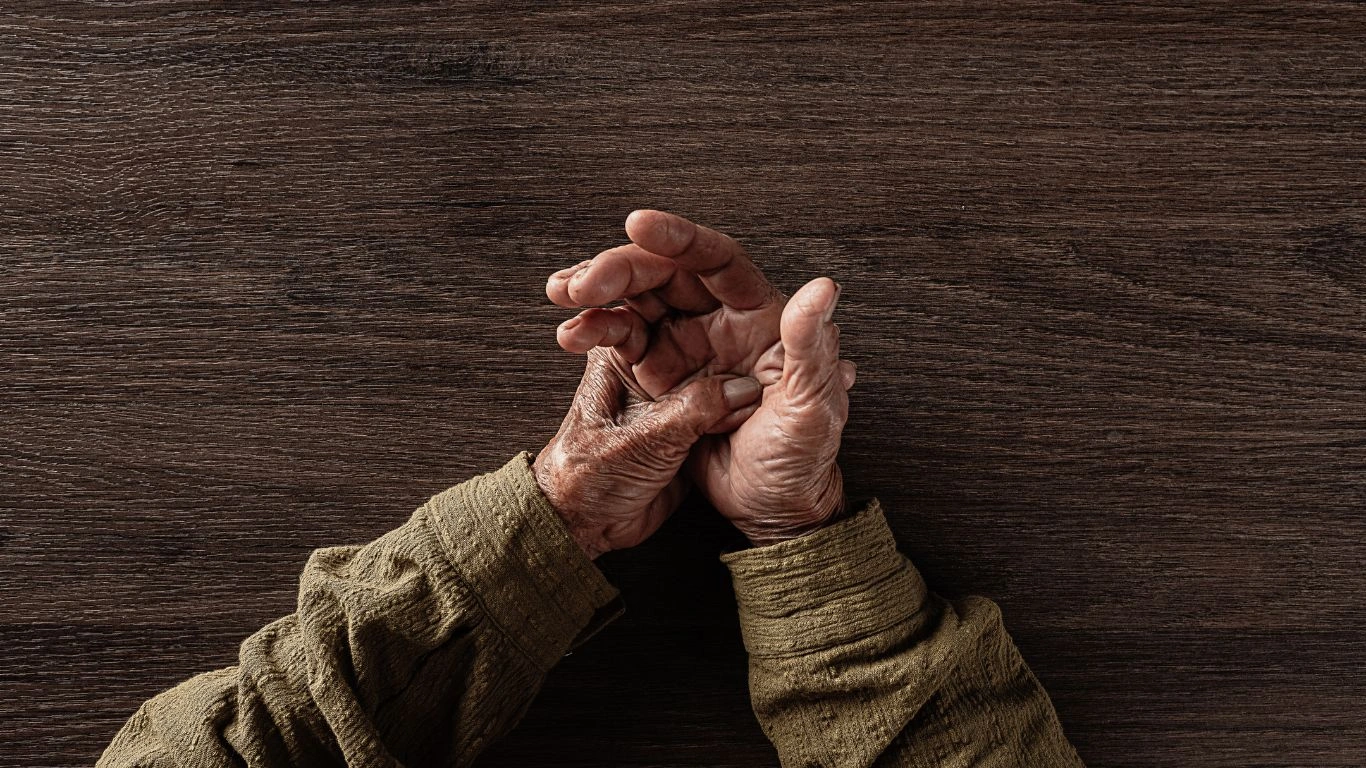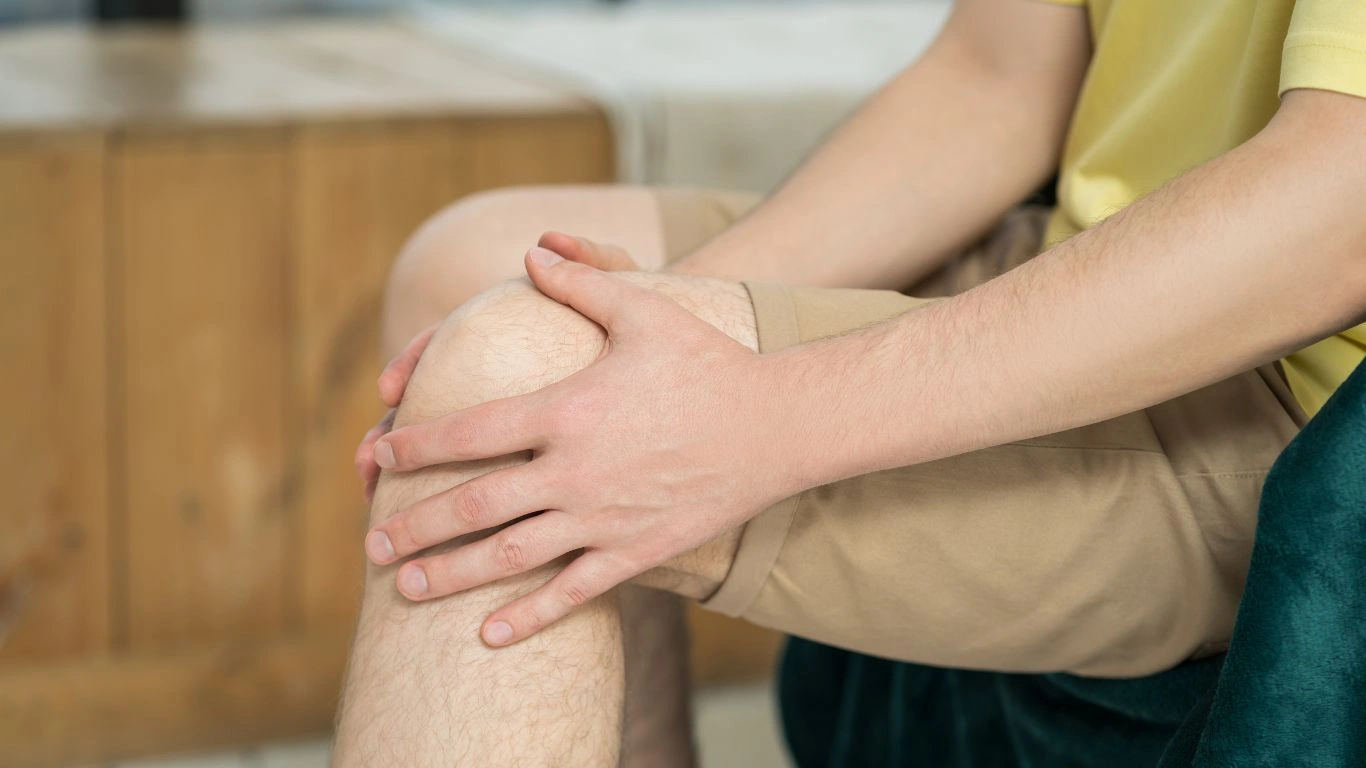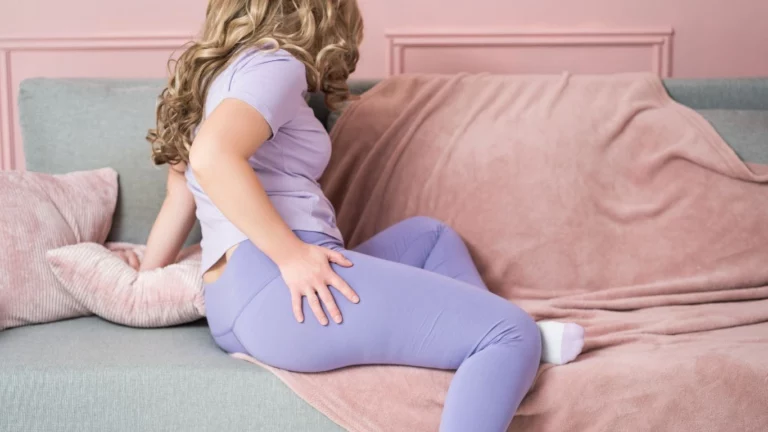Reduce RA Pain: The Power of Stretching for Joint Relief
Living with rheumatoid arthritis (RA) is a journey, not a sprint. The stiffness, the aches, the unpredictability of flare-ups—it’s all part of the deal. But here’s the thing: movement matters. I’ve seen it firsthand, both in my own practice and in my own body. One of the simplest yet most powerful tools? Stretching exercises. They’re not just for gym rats or yoga enthusiasts. If you have RA, stretching can help loosen stiff joints, improve flexibility, and even reduce pain over time.
Why Stretching Matters for Rheumatoid Arthritis

When your joints feel stiff and swollen, the last thing you might want to do is move them. Trust me, I get it. But staying still is actually worse. RA causes inflammation that can lead to joint stiffness and muscle tightness, making everyday activities—from getting out of bed to opening a jar—more difficult.
Stretching helps by:
- Improving flexibility: Keeps joints mobile and prevents them from becoming too rigid.
- Reducing pain and stiffness: Gently moving the joints increases circulation and reduces inflammation.
- Enhancing posture: RA can affect your spine and posture, but targeted stretching keeps you aligned.
- Boosting overall mobility: Helps you maintain independence in daily tasks.
Best Stretching Exercises for RA Relief

Not all stretches are created equal. When dealing with RA, it’s crucial to pick movements that are gentle, controlled, and tailored to your body’s needs. Here are some of my go-to stretches for patients (and myself!) to ease stiffness and improve mobility.
1. Wrist and Finger Stretches
RA often hits the hands first, making it tough to do simple things like buttoning a shirt. Try these:
- Wrist Flexor Stretch: Extend your arm, palm up, and gently pull back on your fingers with the other hand.
- Finger Extension: Spread your fingers wide and then bring them together. Repeat several times.
2. Shoulder and Neck Stretches
Stiff shoulders? Try this:
- Neck Side Stretch: Tilt your head toward your shoulder and hold for 10-15 seconds.
- Shoulder Rolls: Roll your shoulders forward and backward to relieve tension.
3. Lower Body Flexibility
The hips, knees, and ankles also take a hit with RA. Keep them moving with:
- Seated Hamstring Stretch: Sit on a chair, extend one leg, and lean forward slightly.
- Ankle Circles: Rotate your ankles in circular motions to maintain mobility.
How Often Should You Stretch?

Consistency is key. I always recommend patients incorporate stretching into their daily routine. Even just 5-10 minutes in the morning can make a huge difference. If mornings are tough due to stiffness, try stretching in the evening when your body feels a bit looser.
Some general guidelines:
- Stretch gently—never force a movement that causes sharp pain.
- Hold each stretch for 10-30 seconds and repeat 2-3 times.
- Breathe deeply—it helps relax muscles and reduce tension.
Tips for Making Stretching a Daily Habit

Let’s be honest—building a new habit isn’t always easy, especially when your body is dealing with rheumatoid arthritis. I’ve had patients who started stretching with all the motivation in the world, only to fall off after a few weeks because, well… life happens. But the ones who stick with it? They always tell me they wish they’d started sooner.
Here’s how you can make stretching a natural part of your day:
- Pair it with something you already do. Stretch while waiting for your coffee to brew, watching TV, or winding down before bed.
- Set reminders. Alarms on your phone or sticky notes on your mirror can help you stay consistent.
- Listen to your body. Some days, a full stretching session may feel great. Other days, just a few gentle movements might be all you can handle—and that’s okay.
- Make it enjoyable. Play your favorite music, do it with a friend, or incorporate deep breathing to turn it into a moment of relaxation.
Common Mistakes to Avoid When Stretching

Over the years, I’ve seen (and made!) plenty of stretching mistakes. A few missteps won’t ruin your progress, but avoiding these common pitfalls can help you get the most benefit from your routine:
1. Stretching Cold Muscles
Jumping straight into a deep stretch without warming up is a recipe for discomfort. Instead, start with some gentle movements—roll your shoulders, march in place, or take a short walk to get your blood flowing first.
2. Holding Your Breath
It sounds simple, but many people unknowingly hold their breath when stretching, especially if they’re feeling discomfort. Deep, controlled breathing helps relax the muscles and makes stretching more effective.
3. Pushing Through Pain
Stretching should feel good, not painful. A gentle pull? Yes. Sharp pain? Absolutely not. If something hurts, ease up or modify the movement. Pain is your body’s way of saying, “Hey, this isn’t working for me!”
4. Rushing Through It
Holding a stretch for just two or three seconds won’t do much. Aim for at least 10-30 seconds per stretch to give your muscles and joints time to loosen up.
How Stretching Supports Long-Term Joint Health
One of the biggest misconceptions I hear is that stretching is just a quick fix for stiffness. But the truth? It’s a long-term investment in your joint health. The more you keep your body moving, the better it will serve you in the years to come.
Here’s what happens when you make stretching a habit:
- Your joints stay more mobile. RA naturally limits movement, but stretching counteracts that.
- Muscle stiffness decreases. Less stiffness means less daily discomfort and easier movement.
- Posture improves. Many RA patients develop poor posture due to pain—stretching can help keep everything aligned.
- You reduce the risk of joint deformities. Over time, RA can lead to permanent changes in joint shape, but keeping your muscles and ligaments flexible can help slow this progression.
So, if you ever find yourself wondering, “Is it really worth it?”—trust me, it is. Your future self will thank you.
Case Studies & Real-Life Examples

Over the years, I’ve worked with many patients who initially doubted the impact of stretching. But once they committed to it, the results spoke for themselves. Let me share a couple of real-life success stories.
Case Study 1: Sarah, 52 – Regaining Mobility
Sarah had been battling rheumatoid arthritis for over a decade. When she first came to me, she struggled to perform basic tasks like tying her shoes or opening jars. Her hands were stiff in the mornings, and she dreaded getting out of bed. We started with gentle wrist and finger stretches, gradually increasing the duration. Within three months, she noticed significant improvements—not just in flexibility but in overall comfort.
Case Study 2: James, 60 – Overcoming Morning Stiffness
James was skeptical about stretching. “How is bending my joints going to help when it’s my joints that hurt?” he once asked me. But after a few weeks of incorporating lower body and spine stretches into his morning routine, his stiffness eased up. By month two, he could stand up and walk without needing to ‘warm up’ first thing in the morning.
These stories are just a glimpse of what’s possible. Stretching isn’t a cure, but it empowers you to take back some control over your body.
Key Takeaways: What You Need to Remember
- Stretching is a must. It helps reduce stiffness, improve mobility, and protect joint health in the long run.
- Consistency is key. Even 5-10 minutes daily can make a big difference.
- Listen to your body. If a stretch causes sharp pain, modify it or try an alternative.
- Pair stretching with other RA treatments. Medication, a balanced diet, and regular movement work together for optimal results.
FAQs
1. Can stretching replace medication for rheumatoid arthritis?
No, stretching is not a replacement for RA medication, but it’s an excellent complementary practice. It enhances joint flexibility and reduces stiffness, making daily activities easier.
2. When is the best time to stretch if I have RA?
There’s no one-size-fits-all answer. Some people find morning stretching helps with stiffness, while others prefer evening stretching to unwind before bed. Try both and see what works best for you.
3. How do I know if I’m overstretching?
If you experience sharp or prolonged pain after stretching, you’re likely pushing too hard. A good stretch should feel mildly uncomfortable but never painful.
4. Do I need special equipment for RA-friendly stretching?
Not at all! A yoga mat, a sturdy chair, and a towel or resistance band can help, but most stretches can be done with just your body.
Bonus: Additional Resources & DIY Tips
If you’re looking for more guidance, here are some excellent resources to explore:
- Arthritis Foundation – Evidence-based information on managing RA.
- Mayo Clinic – Trusted medical insights on RA and mobility.
- YouTube RA-Friendly Stretching Routines – Free guided stretch sessions.
And if you want a quick DIY tip, try heating pads before stretching—this helps relax stiff muscles and joints, making movement easier.
Appendix: References & Disclaimer
References:
- National Library of Medicine – Research on RA and stretching benefits.
- WebMD – Additional medical insights on rheumatoid arthritis.
Disclaimer: This article is for informational purposes only and should not be considered medical advice. Always consult with a healthcare professional before starting a new exercise regimen.
Call to Action
Have you tried incorporating stretching into your RA management routine? I’d love to hear about your experience! Drop a comment below or share this article with someone who might benefit from it.
Remember, small, consistent movements can lead to big changes over time. Keep stretching, keep moving, and most importantly—keep taking care of yourself.

Tarra Nugroho is a dedicated Nurse Practitioner with a strong foundation in family and preventive care. She brings both compassion and clinical expertise to her practice, focusing on patient-centered care and health education. As a contributor to Healthusias.com, Tarra translates medical knowledge into clear, empowering articles on topics like women’s health, chronic disease management, and lifestyle medicine. Her mission is simple: help people feel seen, heard, and informed—both in the clinic and through the content she creates. When she’s not caring for patients, Tarra enjoys weekend hikes, plant-based cooking, and curling up with a good health podcast.






